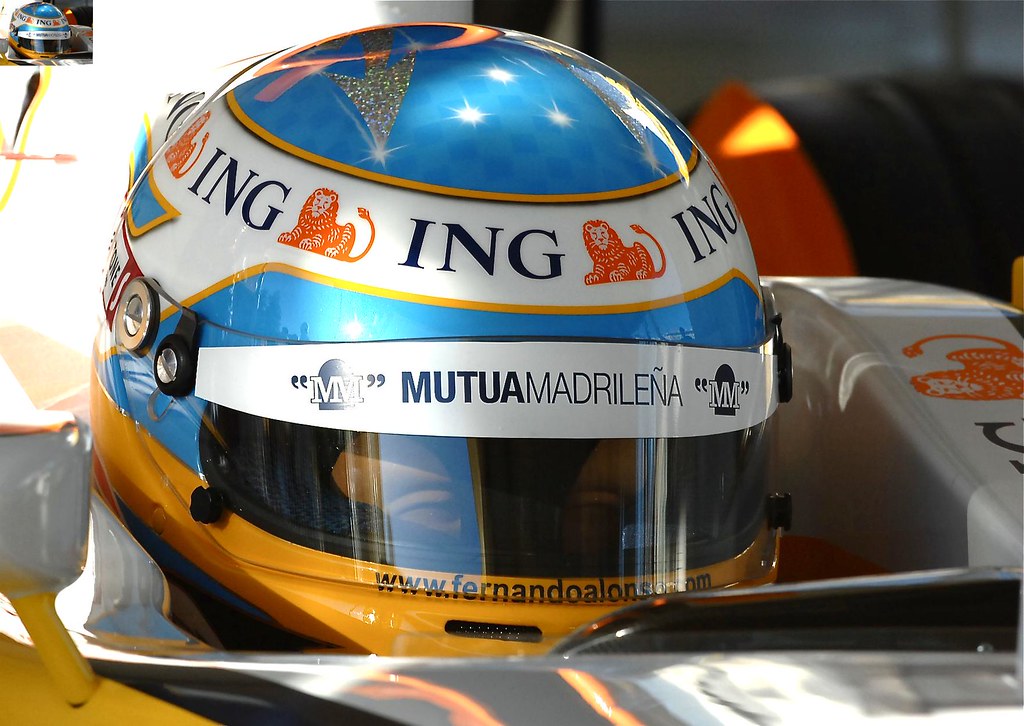In the adrenaline-fueled world of motorsports, where the thrill of speed meets the uncompromising demand for safety, the choice of a racing helmet becomes paramount. The helmet not only serves as a critical safety barrier in the event of a crash but also as a cockpit from where racers engage with the track. From grassroots autocross to the pinnacle of auto racing in Formula 1, each racing discipline has its unique demands and safety requirements.
This comprehensive guide explores how to choose the right helmet across various levels of motorsport, ensuring drivers are well-equipped to tackle the track with confidence and security.
Understanding Racing Helmet Standards
Snell and FIA Certifications
Two primary bodies set safety standards for racing helmets: the Snell Memorial Foundation and the Fédération Internationale de l’Automobile (FIA). Snell certifications, such as the SA2020, are prevalent, especially in U.S.-based racing disciplines. FIA standards, like the FIA 8859-2015 or the advanced FIA 8860 and 8870 standards, are recognized globally and often required in international and professional series. Helmets must undergo rigorous testing for impact resistance, penetration, fire resistance, and strap integrity to earn these certifications.
Autocross and Amateur Racing
The Essentials of Safety and Affordability
Autocross and amateur racing events are entry points for many into the world of motorsports. Here, the focus is on learning and enjoyment rather than outright competition. Car racing helmets with Snell SA2020 certification provide ample protection for these events and are often required by local clubs and organizations. Key considerations include durability, ease of communication, and compatibility with glasses or sunglasses for daytime driving.
Club and Regional Racing
Stepping Up Protection
As racers move up to club and regional racing, the speeds and stakes increase. Helmets with higher levels of Snell certification or the FIA 8859 standard offer enhanced safety features suitable for these levels. Look for helmets that offer superior impact absorption, snug fit to prevent movement at higher speeds, and better ventilation systems to manage the physical demands of more extended racing sessions.
Rally Racing
Special Considerations for a Rugged Discipline
Rally racing presents unique challenges, including variable terrain and the need for constant communication with a co-driver. Helmets designed specifically for rally sport often come equipped with built-in intercom systems for clear communication. They also feature dust filters and additional ventilation to cope with the diverse environments encountered during a rally. FIA-certified helmets are commonly required, with the FIA 8860 standard offering the highest level of protection and lightweight construction beneficial for reducing neck fatigue during long stages.
Drag Racing
Prioritizing Fire Resistance and Visibility
In the high-octane world of drag racing, where races are decided in seconds, helmets must provide maximum protection against fire and ensure optimal visibility. Helmets with enhanced fire-resistant materials and layers, meeting the Snell SA2020 or FIA 8860 standards, are ideal. Wide eye ports for better peripheral vision and quick reaction times are also crucial features.
Open-Wheel Racing and Formula 1
The Apex of Helmet Technology
Open-wheel racing, including Formula 1, demands the pinnacle of helmet safety and technology. Helmets meeting the FIA 8860-2018 standard are constructed with ultra-lightweight materials like carbon fiber, offering unmatched protection without compromising performance. These helmets incorporate advanced aerodynamic designs to minimize drag and lift at high speeds, along with superior ventilation systems to manage heat and humidity inside the cockpit.
Endurance Racing
Durability and Comfort for the Long Haul
Endurance races like the 24 Hours of Le Mans test the limits of both machine and driver, requiring helmets that can provide comfort and protection hour after hour. Features such as adjustable padding for a custom fit, hydration system compatibility, and easy visor changes for different light conditions become essential. Helmets with extensive ventilation and moisture-wicking liners help maintain driver focus over long stints.
How to Choose
Fit and Comfort
Regardless of the racing discipline, a helmet must fit snugly without causing pressure points. A proper fitting process, including measuring head circumference and trying on different sizes and shapes, is crucial.
Visibility and Communication
Consider helmets with wide eye ports for better visibility and options for integrating communication systems, especially important in team-based and endurance racing disciplines.
Aerodynamics and Weight
For high-speed disciplines, consider the aerodynamic properties and weight of the helmet, as these can affect neck strain and overall vehicle performance.
Customization and Additional Features
Look for helmets that offer customization options, such as removable linings, adjustable air vents, and compatibility with racing suits and safety devices like HANS devices.
